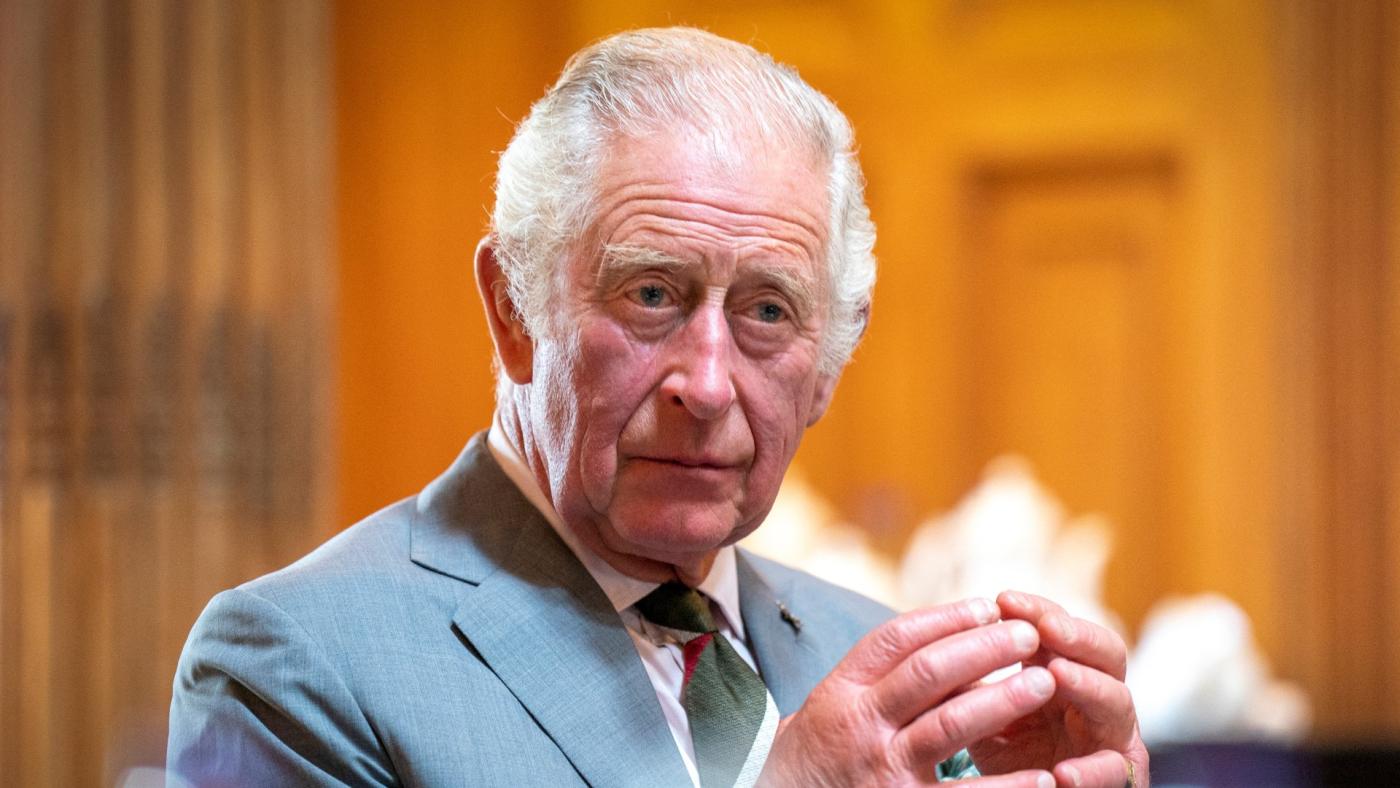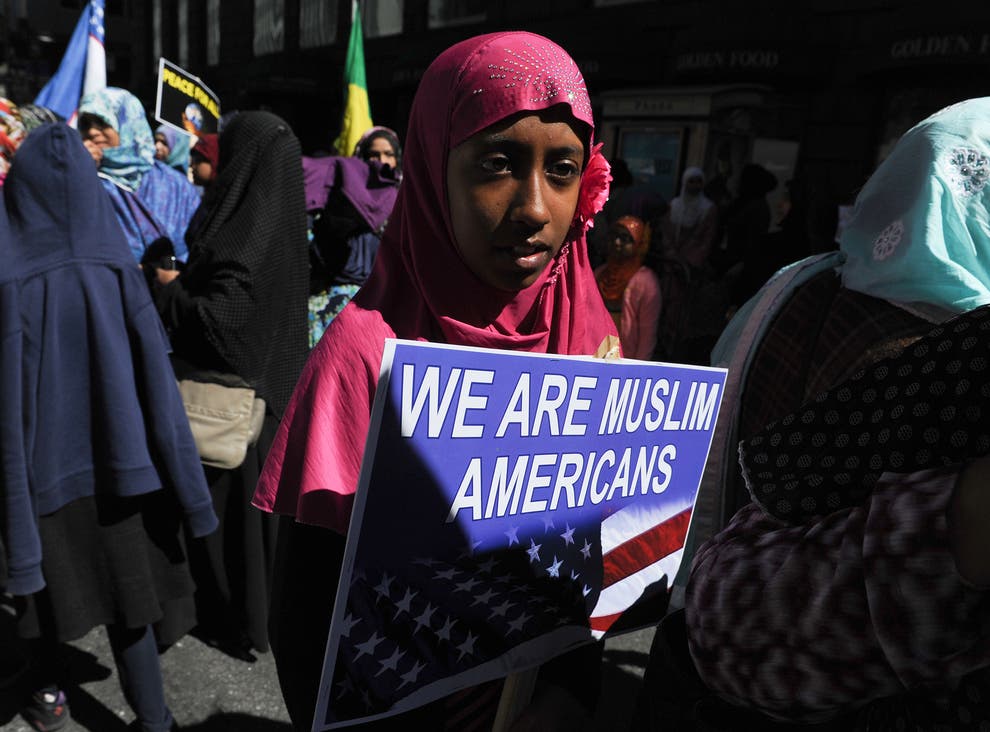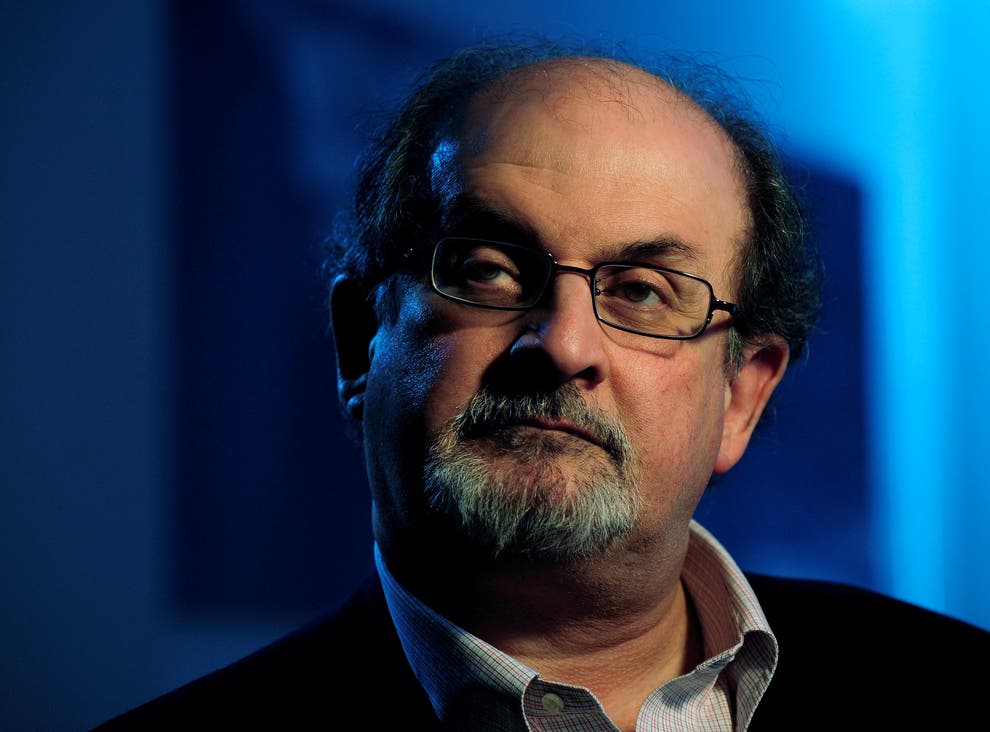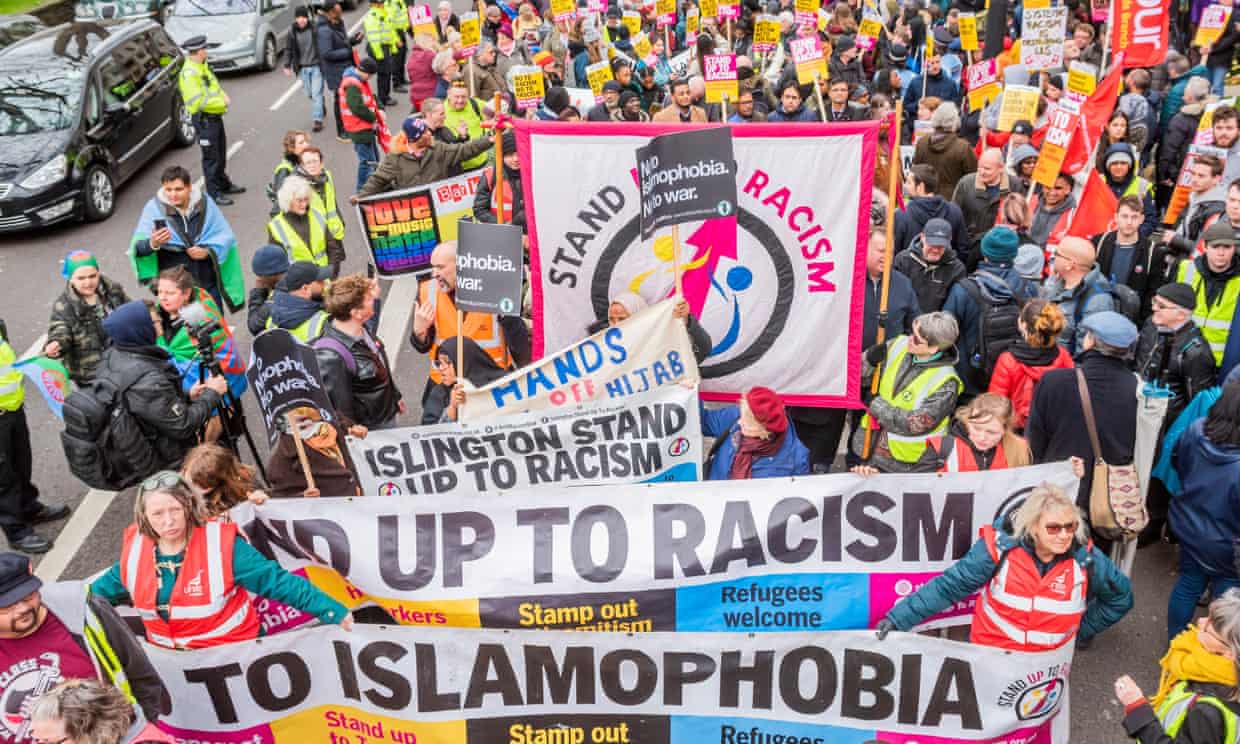The Interfaith Conference of Metropolitan Washington is known as one of the country’s early multi-faith groups, and its executive director’s nickname is the “dean of American interfaith.” Yet as it approaches its 35th anniversary in November, the group is fighting for survival, down to two full-time staff members and facing more than $100,000 in debt.
The conference, which has a major fundraiser planned this fall and aims to restructure the organization and sharpen its mission, is hardly alone. Some of the oldest and best-known names in interfaith, including the National Council of Churches and the Chicago-based Council for a Parliament of the World Religions, have slashed staff as their revenue shriveled.
Since the Interfaith Conference was founded in 1978, religious minorities have grown significantly in size and stature, and Americans now interact more easily with people of other faiths in their schools, offices, neighborhoods and even immediate families. Younger interfaith types today are more interested in activism and often focus on particular policy issues. For example, some of the newer, small groups in Washington are Interfaith Youth for Climate Justice and Shoulder to Shoulder: Standing with American Muslims.
When these new, more activist groups are taken into account, the interfaith movement as a whole appears to be thriving. The Rev. Bud Heckman, who has been a leader of several key interfaith groups, said his research shows there are twice as many interfaith groups nationally as there were a decade ago. A recent Hartford Institute survey showed congregations are twice as likely to engage in interfaith worship today as they were 10 years ago.
Interfaith Conference leaders say they believe there is still a need for the group’s unique strength — it connects local leaders from 11 different faiths, including Mormons, Catholics, Buddhists, Jews and Muslims.






